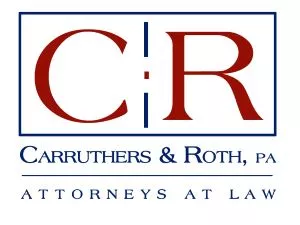IRAs and Qualified Retirement Accounts
- Evolving Retirement Landscape
-
- Increased longevity
-
- A 65-year-old can expect to live well into their 80s
- Senior population expected to double over 30 years
- Retirement income sources have evolved
-
- Responsibility to save for retirement has been shifted to the employee
- Increases in delayed retirement
- Trillions of dollars in IRAs and Qualified Plans
-
- Taxes must be considered when taking distributions
- Consider: early withdrawal penalties, RMDs, distribution timing, etc.
- BUT: only 56% of the adult population participates in workplace retirement plans. (US Bureau of Labor Statistics 2022)
Distribution Planning for Retirement Benefits
- Rules have evolved over the last 70+years:
-
- 1950s Cash or Deferred Arrangement (CODA) profit sharing plans started to appear
- 1974 Enactment of the Employee Retirement Income Security Act (ERISA)
- 1978 The Revenue Act of 1978 created the foundation for the401(k)
- 1981 IRS Regulations clarified that a portion of payroll could be deferred to a 401(k)
- 2001 EGTRA introduced the Roth 401(k)
- 2020 SECURE Act extended Required Beginning Date to 72 and eliminated the "stretch" for Inherited IRAs
- 2023 SECURE Act 2.0 and corresponding regulations made major changes to Required Beginning Dates, inherited IRA rules, and catch-up contribution limits
- SECURE Act 2.0 –Overview of Selected Major Changes:
-
- Employees automatically enrolled in new 401(k) and 403(b) plans
- Employee deferrals auto-escalate (initial: 3%; 1% increase annually up to 10%-15% max)
- Employers may match qualified student loan payments as if elective deferrals
- Required Beginning Date Age raised to 73 (plus staggered future increases)
- Catch-up contributions beginning in 2025 are increased for 60, 61, 62, and 63 year olds
- Reduced penalty for failure to take RMDs
- Statute of Limitations for failure to take RMD is 3 years, triggered by the taxpayer's filing due date, with extensions (SOL used to be triggered by filing Form 5329 Additional Taxes on Qualified Plan form)
- Expansion of exceptions to 10% early withdrawal penalty
- 529 plan accounts can be transferred to the Beneficiary's Roth IRA (with limits)
- SECURE Act 2.0 –Overview of Selected Major Changes(related to Roth Accounts):
-
- There is no Required Beginning Date for Roth accounts, including employer Roth accounts
- Employers may permit employees to elect that employer matching and non-elective contributions be made as Roth contributions
- Employees making $145,000 or more per year who make catch-up contributions to employer-sponsored retirement plans, like a 401(k), will have to instead put that money into Roth accounts (extended effective date of this provision to 2026)
-
- For now, ages 50 and older can continue to make catch-up contributions after 2023, regardless of income
To read the presentation slides in full, please click here.
Originally published December 06, 2023
The content of this article is intended to provide a general guide to the subject matter. Specialist advice should be sought about your specific circumstances.


